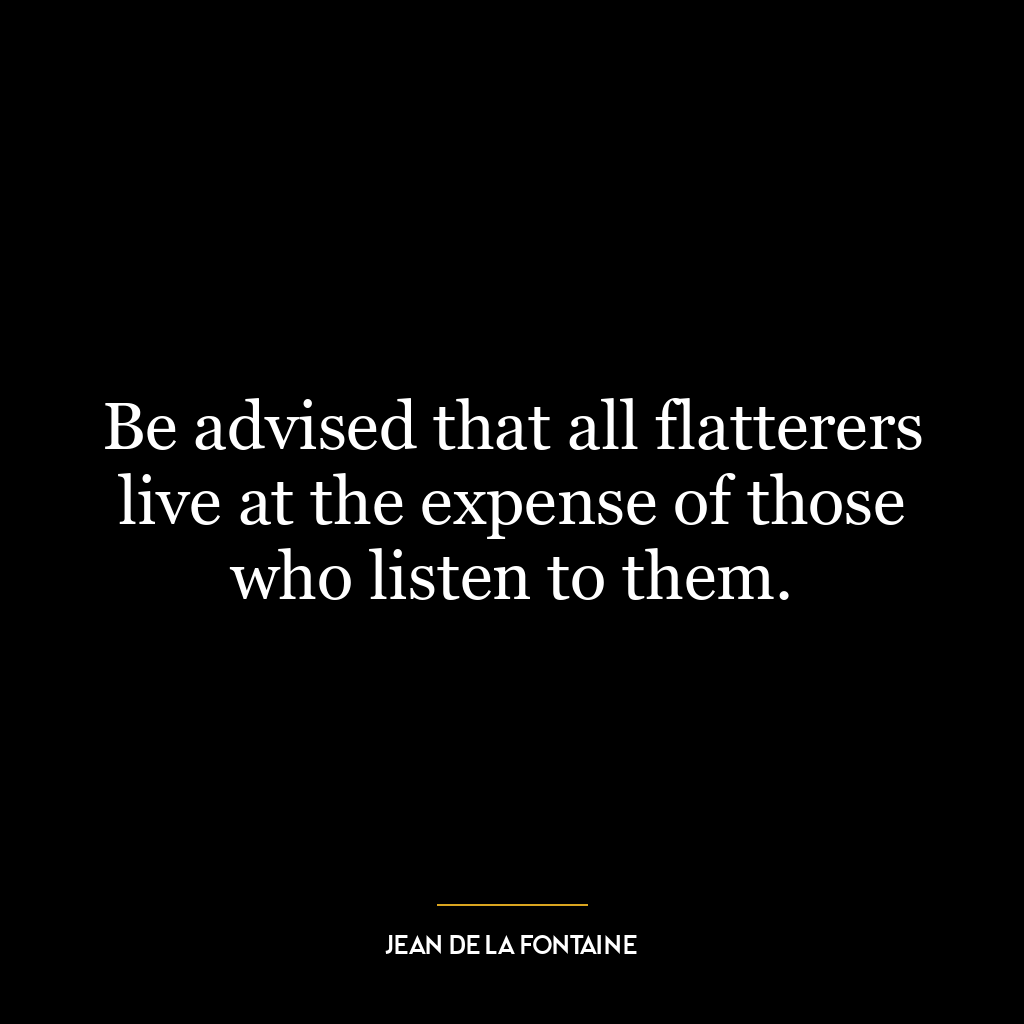Workers work hard enough to not be fired, and owners pay just enough so that workers won’t quit.
This quote is a commentary on the balance of power in a typical employer-employee relationship. It suggests that employees put in the minimum effort required to keep their jobs, while employers pay the least amount they can to prevent employees from leaving. This dynamic is often seen in environments where there is little incentive for employees to go above and beyond or where employers do not invest in their employees’ growth and satisfaction.
The quote essentially highlights a kind of equilibrium where both parties are doing just enough to maintain the status quo. However, it also implies a lack of motivation, growth, and satisfaction on both sides. Workers may not be motivated to perform at their best because they feel undervalued or underpaid, while employers may not see the value in investing more in their employees.
Applying this idea to today’s world, we see that businesses and organizations that break this cycle often achieve better results. Companies that invest in their employees through fair pay, benefits, and opportunities for growth tend to have more motivated and productive workers. On the other hand, employees who feel valued and motivated are more likely to go the extra mile, leading to better overall performance for the business.
In terms of personal development, this quote may serve as a reminder to avoid complacency. As an employee, one might strive to break away from merely working hard enough not to be fired and instead aim for growth and excellence. This could involve seeking out opportunities for learning and development, asking for feedback, and taking on new challenges.
As an employer or manager, this quote might inspire one to think about how they can create an environment that encourages employees to give their best. This could involve implementing fair pay practices, providing opportunities for growth, and fostering a positive, supportive work culture.















